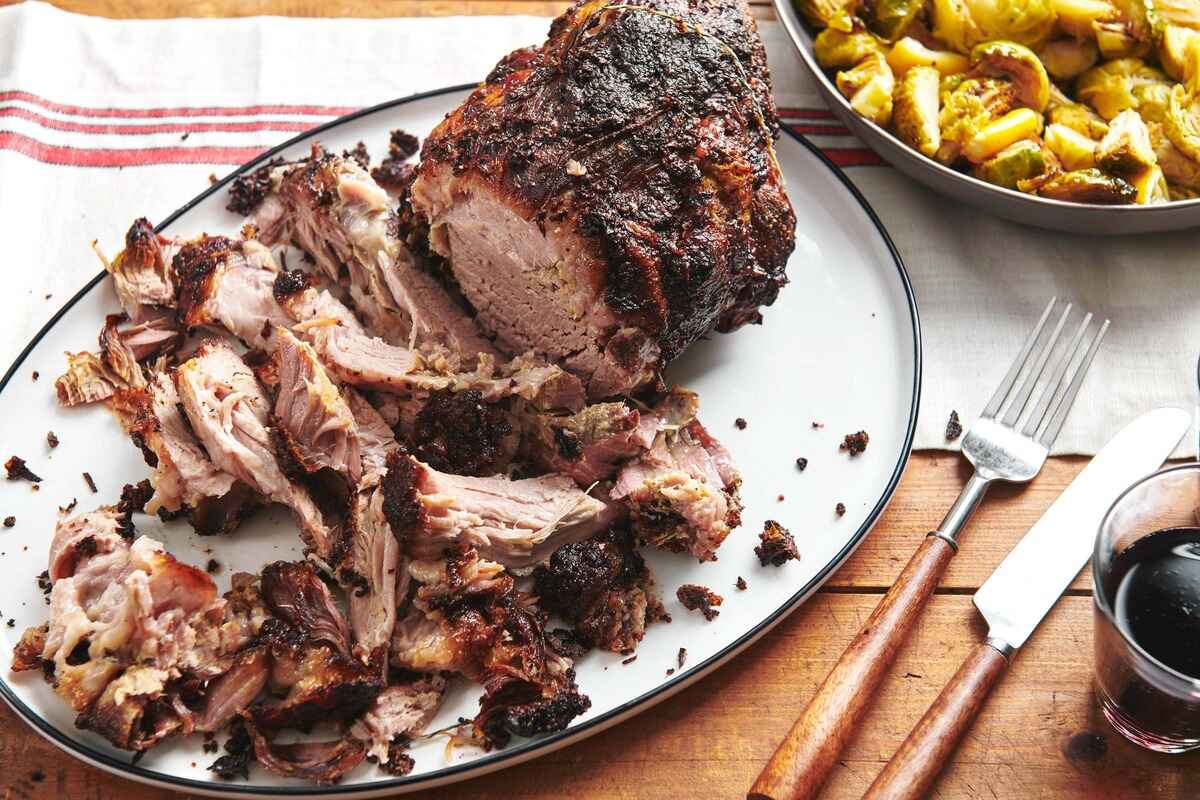Discover the Versatility of Almond Flour and Coconut Flour in Baking
Are you looking for a healthier alternative to traditional all-purpose flour in your baking recipes? Almond flour and coconut flour are two popular options that not only add a nutty flavor to your baked goods but also offer a range of nutritional benefits. Whether you’re following a gluten-free, paleo, or low-carb diet, these alternative flours can be a game-changer in your kitchen. Let’s explore how you can effectively use almond flour and coconut flour in your baking endeavors.
Almond Flour: A Nutrient-Dense Option
Almond flour is made from finely ground almonds, making it a nutrient-dense choice for baking. It’s high in protein, healthy fats, and fiber, making it a great option for those looking to boost the nutritional value of their baked goods. When using almond flour, keep in mind that it has a slightly sweet and nutty flavor, which can complement a variety of recipes.
Here are some tips for baking with almond flour:
- Almond flour works best in recipes that don’t require a lot of structure, such as cookies, muffins, and quick breads.
- Due to its high fat content, almond flour can make baked goods more moist and tender.
- Since almond flour lacks gluten, it’s often used in combination with other flours or binding agents to improve the texture of baked goods.
Coconut Flour: A High-Fiber, Low-Carb Option
Coconut flour is a soft, naturally gluten-free flour that’s made from dried coconut meat. It’s known for its high fiber content and low carbohydrate count, making it a popular choice for those following a keto or low-carb diet. When using coconut flour in baking, it’s important to note that it absorbs a significant amount of liquid and requires more eggs or liquid ingredients to prevent dryness.
Here are some tips for baking with coconut flour:
- Coconut flour is highly absorbent, so it’s essential to follow recipes specifically designed for this flour to achieve the right texture.
- It’s common to use less coconut flour compared to other flours due to its high absorbency.
- Adding extra eggs or liquid ingredients such as coconut milk or almond milk can help balance the dryness often associated with coconut flour.
Combining Almond Flour and Coconut Flour
For many baking recipes, using a combination of almond flour and coconut flour can yield excellent results. The combination of these two flours can balance out each other’s characteristics, resulting in a moist, flavorful, and well-structured final product. When using a blend of almond and coconut flour, it’s important to follow recipes that have been specifically formulated for this combination to ensure the best outcome.
Experiment and Enjoy!
Now that you’re familiar with the unique properties of almond flour and coconut flour, it’s time to get creative in the kitchen. Whether you’re making pancakes, muffins, or even pizza crust, these alternative flours can open up a world of possibilities for your baking adventures. Embrace the nutty flavors and nutritional benefits that almond flour and coconut flour have to offer, and enjoy the delicious results of your baking experiments!
Remember, practice makes perfect, so don’t be afraid to experiment with different ratios of almond flour and coconut flour to find the perfect balance for your favorite recipes. Happy baking!











